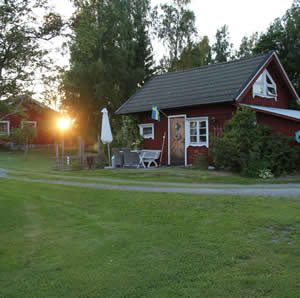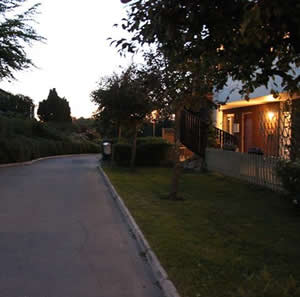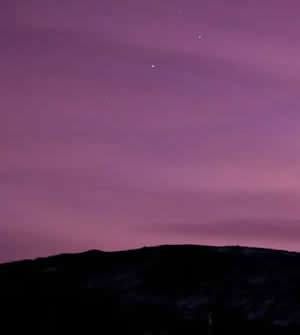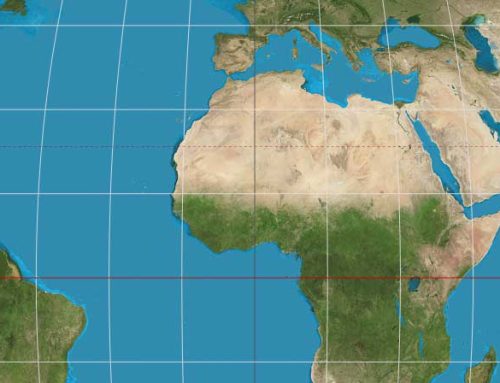Seasons
Over the course of a year, the earth experiences changes in weather, ecology, and hours of daylight. These changes are called seasons. Seasons are the result of the yearly revolution of the earth around the sun and the tilt of the earth. The earth’s axis is an imaginary line that runs through the middle of the earth from the North Pole to the South Pole. The axis of the earth is tilted about 23½ degrees. The tilt of the earth remains the same as the earth follows its yearly path around the sun. This path is known as an orbit.
In June, the Northern Hemisphere tilts toward the sun, so the people in the Northern Hemisphere have longer and warmer days. The days are shorter and colder in the Southern Hemisphere in June because the earth tilts away from the sun. The days start getting shorter in the Northern Hemisphere and longer in the Southern Hemisphere after June 21. Daytime lasts exactly as long as nighttime on the first day of autumn (September 21) and the first day of spring (March 21). The first day of winter in the Northern Hemisphere, on December 21, is the shortest day of the year in the Northern Hemisphere and the longest day of the year in the Southern Hemisphere.
Seasonal changes are more pronounced as you move further away from the equator. The tropics are areas 23½ degrees north and south of the equator. The tropics receive direct rays from the sun all year long, so tropical regions have less seasonal variation than the temperate and polar regions that cover the rest of the earth. Many plants and animals in the areas beyond the tropics have adapted to the changing of the seasons. Seasonal changes cause many plants to become dormant in the winter months, and some animals follow seasonal journeys known as migrations.
The days get longer in summer and shorter in winter as you move from the equator. It’s dark on a summer night in Florida by 8:30 p.m., but in Vermont, there will still be some daylight at 10:00 p.m. The situation is reversed in the winter, where the sun will go down in Vermont by 3:45 p.m. while it remains light in Florida until 5:15 p.m. Northern Alaska is called the “Land of the Midnight Sun” because it never gets dark during the summer months. That part of the earth is facing the sun all day and all night. Antarctica never sees daylight during those months. Six months later in December and January, northern Alaska never sees the sun while people visiting Antarctica can see the sun at midnight.
Resources
Download this lesson as Microsoft Word file or as an Adobe Acrobat file.
Listen to the lesson read by Paul Christopher. (mp3)
Lexile® Measure 1130L
Mr. Donn has an excellent website that includes a section on Geography.

My friend Bob Gilmore took this photo of the sun coming up in Örebro, Sweden at 1:30 a.m. on June 18, 2013. In the summer, Örebro is tilted toward the sun, so never truly gets dark.

This is Örebro, Sweden at midnight on June 21, 2013.

This photo was taken near the south pole at noon in the winter.




